Electronic Road Control System (EKAER) was introduced in 2015 and has been modified several times since. As you may know, from 2015, traders that perform certain Intra Community or domestic transactions that involve the trans…
What is EKAER?
Electronic Road Control System (EKAER) was introduced in 2015 and has been modified several times since. As you may know, from 2015, traders that perform certain Intra Community or domestic transactions that involve the transport of goods by road by a qualified vehicle should report the movement of these goods in the EKAER system. Inter alia the license plate of the vehicle, the weight, the ship from and the ship to address must be reported on a real time basis (EKAER number must be obtained before the transport of goods). The obligation to report is with traders, although it is an industry practice to outsource the reporting to freight forwarders.
The definition of a ‘qualified vehicle’ changes from 1 August 2016
Previously a ‘qualified vehicle’ was defined as being a vehicle with maximum weight capacity of 3.5 tons. There were EKAER avoidance schemes aimed at overloading the capacity of the vehicle beyond the maximum permitted capacity, thus avoiding EKAER all together at cost of risking small penalty from the transportation authority. From 1 August 2016 the definition of a ‘qualified vehicle’ includes vehicles with the total weight of more than 3.5 tons (hereinafter: overweight vehicle) and the vehicles with the total permitted weight of 3.5 tons.
What this means for you?
If you are a trader of goods that are being transported by a qualified vehicle, you may need to report EKAER. You are not obliged to report EKAER if the total weight of the vehicle used to transport the non-risky goods you trade is less than 3.5 tons. If you have oversight over how the vehicles are loaded, you are advised to implement internal processes to assure that the vehicles are not overloaded. If you do not have oversight over how the vehicles are loaded (for example you rely on an external freight forwarder) you are advised to seek assurance from your freight forwarder that no overloading takes place or all information for EKAER reporting is provided in time. You should be aware that EKAER authority may penalize you if the vehicle that is used to transport the goods that fall under your EKAER obligation are not reported in the EKAER even if you do not have oversight over how the vehicles are loaded. To this extent you may wish to demand compensation for any damages from your freight forwarder if they are caused by the overloading vehicles not reported in the EKAER.
If you are freight forwarder that transports goods subject to EKAER reporting, you are advised to pay special attention to overloading vehicles, as from 1 August 2016 overloading attracts EKAER reporting and EKAER penalties, if not reported. In addition, you may be liable for compensation for damages to your customers (i.e. traders of goods) if the timely reporting of EKAER was jeopardized by your failure to provide information or incorrect reporting on behalf of the trader.
Dániel Sztankó
RSM DTM International

